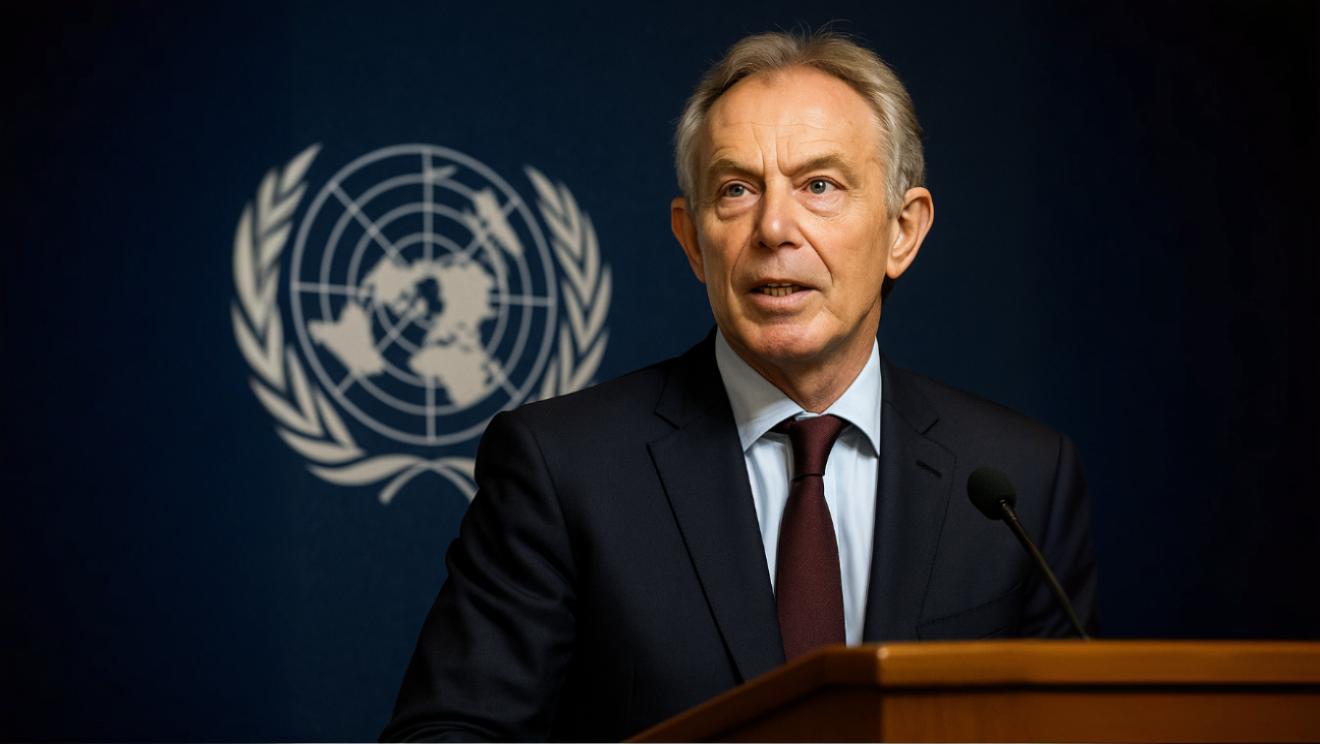Tony Blair and Gaza’s ‘Day After’
Al-Masry Al-Youm, Egypt, September 27
Former British Prime Minister Tony Blair is arguably the third most consequential political figure in modern British history, after Winston Churchill and Margaret Thatcher. He won three consecutive parliamentary elections and held power for a full decade. Yet one of Blair’s defining traits is his inability to imagine himself outside the circles of power, influence, wealth, and global prominence.
After his role in the invasion of Iraq effectively ended his prospects in domestic politics, he sought an international stage and quickly recognized that Washington held the key. Blair placed himself at the service of successive American administrations, Democratic and Republican alike, eager to remain relevant on the world stage. In 2007, he accepted the role of the Quartet’s envoy for peace between Palestinians and Israelis, a position more fitting for an ambassador or foreign minister than a former British prime minister. Over eight years, he achieved nothing of substance, aligning himself so closely with Israel that the Palestinian Authority ultimately barred him from entering Ramallah.
Still, Blair refused to retreat from the realm of global influence. After the outbreak of Israel’s brutal assault on Gaza, as nations and international institutions rushed to draft plans for the “day after,” Blair, through his Blair Institute for Global Change, quietly advanced his own proposal. He crafted a detailed plan and toured it around the world, especially in the United States and the Gulf states, seeking endorsement and funding. In recent days, his efforts have borne fruit: initial approval has been granted for Blair’s plan, which would see him appointed as the UN High Commissioner for Gaza for a five-year term.
Give the gift of hope
We practice what we preach:
accurate, fearless journalism. But we can't do it alone.
- On the ground in Gaza, Syria, Israel, Egypt, Pakistan, and more
- Our program trained more than 100 journalists
- Calling out fake news and reporting real facts
- On the ground in Gaza, Syria, Israel, Egypt, Pakistan, and more
- Our program trained more than 100 journalists
- Calling out fake news and reporting real facts
Join us.
Support The Media Line. Save democracy.


The historical resonance is striking. In 1922, the British Mandate over Palestine was declared to implement the Balfour Declaration, and Herbert Samuel became the first high commissioner. Will history repeat itself, and what exactly would this new high commissioner do? The “Blairian” plan, blessed by President Trump and given preliminary approval during a recent meeting with leaders of Arab and Islamic nations, was prepared in coordination with Israeli Minister of Strategic Affairs Ron Dermer. Its centerpiece is the creation of a Gaza Transitional International Authority, modeled on the arrangements in East Timor after its separation from Indonesia and in Kosovo after its split from Serbia.
The plan avoids direct references to displacement, promising instead to administer and reconstruct Gaza as a bridge to eventual Palestinian Authority governance after internal reforms. The Palestinian Authority would have no authority in Gaza beyond coordination with the new body, which would hold supreme political and legal control, complete with a military arm to manage security and a financial arm to oversee reconstruction.
At first glance, the proposal may appear neutral, even pragmatic. But the devil, as always, is in the details. The plan stipulates that any voluntary departure of Gazans will not affect their right to return or their property claims, a clause that subtly encourages emigration—something absent in the cases of Kosovo and East Timor. It also makes no mention of a Palestinian state or the long-term status of the Palestinian Authority, fueling fears that the initiative merely buys time for Israel, which has yet to formally agree to it, to entrench new realities on the ground so that after five years its control will be irreversible. The Arab world’s experience with Blair, whether in Iraq or during his fruitless tenure as a peace envoy, offers little reason to trust him as the architect of Gaza’s “day after.”
Abdullah Abdul Salam (translated by Asaf Zilberfarb)

